Pentecost at the Ends of the Earth
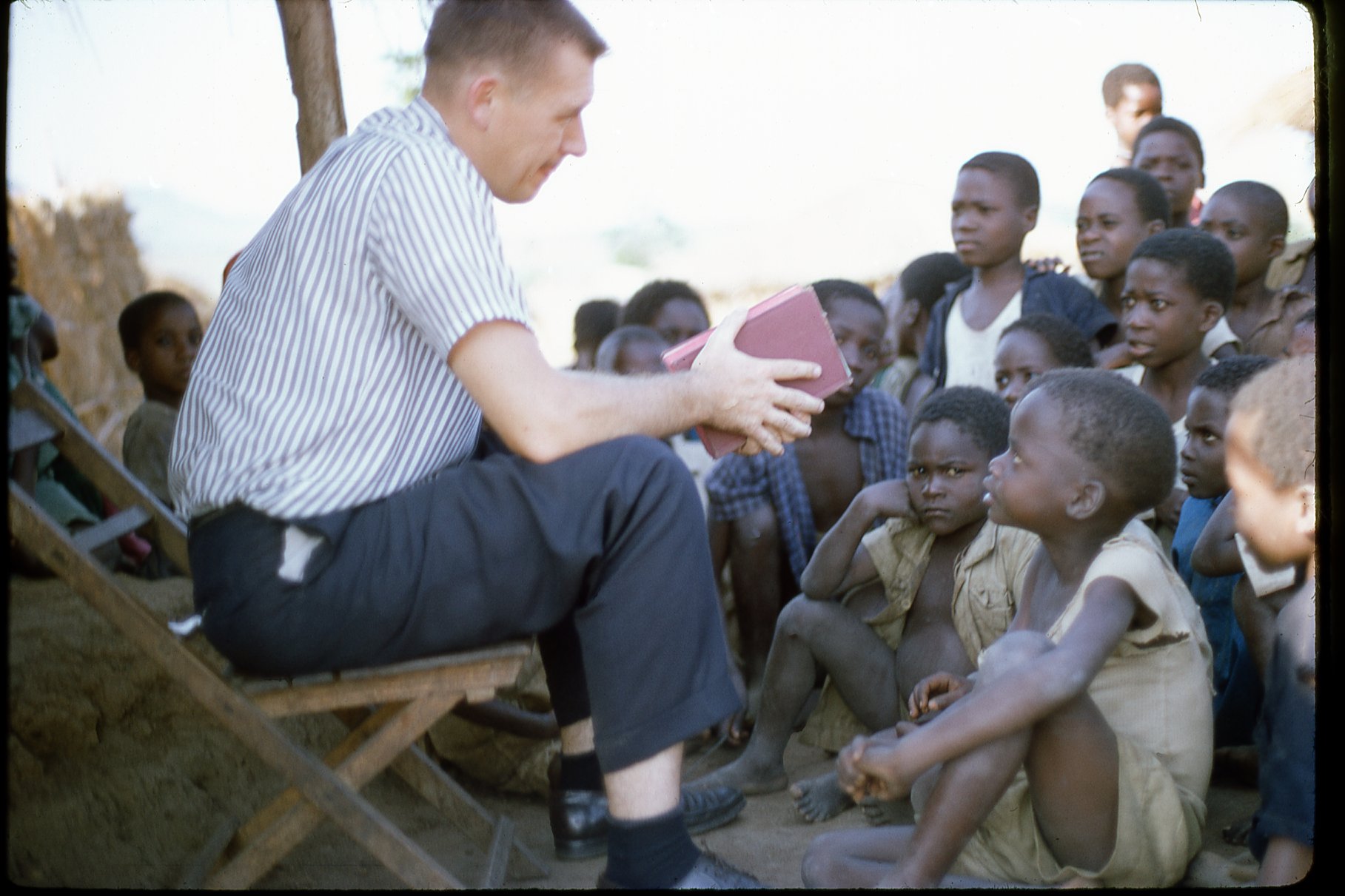
But you will receive power when the Holy Spirit comes on you; and you will be my witnesses in Jerusalem, and in all Judea and Samaria, and to the ends of the earth. (Acts 1:8)
This year I celebrated Pentecost at the ends of the earth – or at least, the end of Malawi. My journey covered over one hundred miles of some of the most beautiful scenery in Africa, and brought me to one of the remotest areas of Malawi – the Eastern bank of the Lower Shire River.
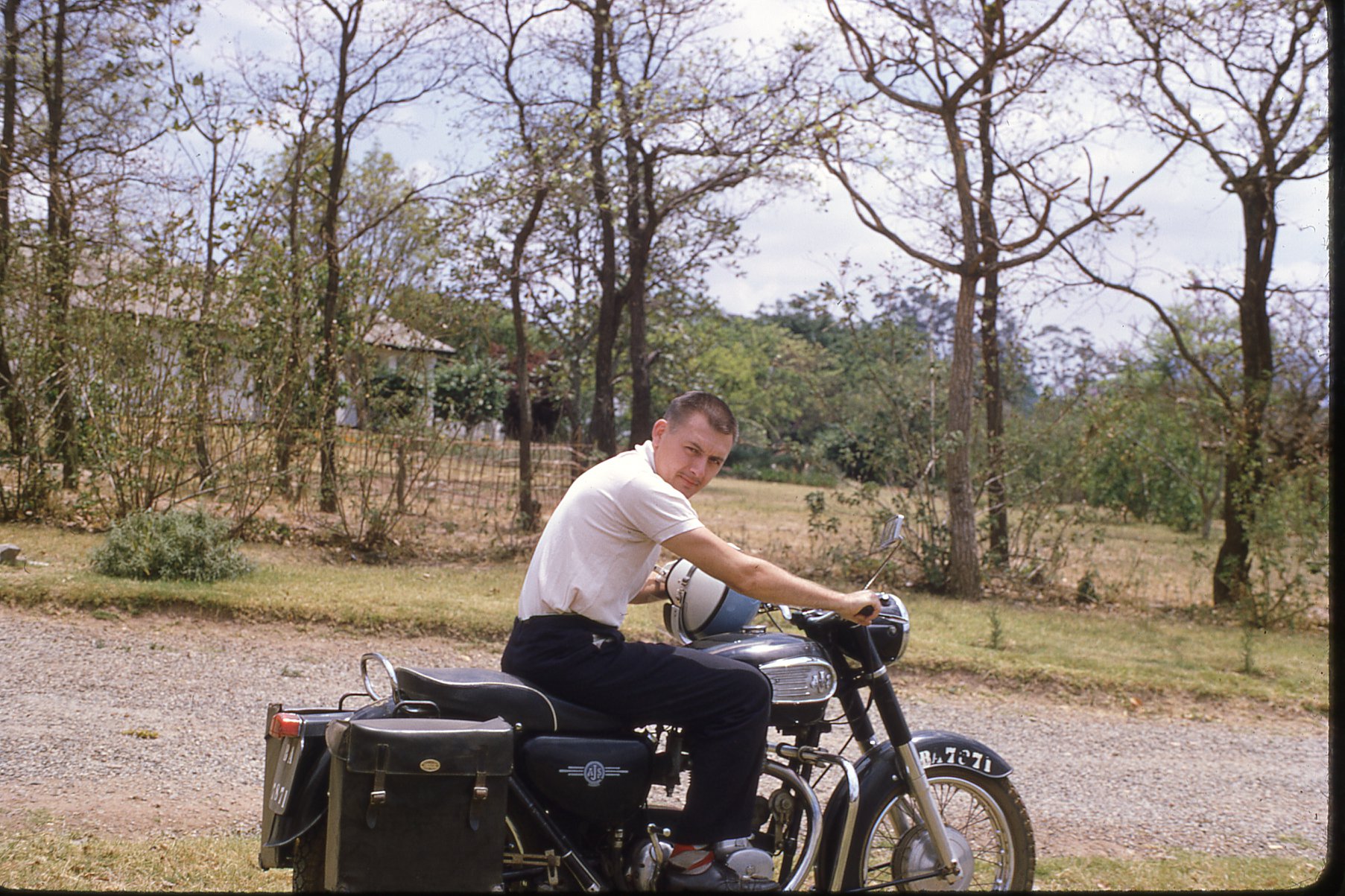
In 1993 Missionary John Janosek was asked by an LCCA member to visit his home village in the Lower Shire region of Malawi. It is called the “Lower Shire” because the river drops almost 3,000 feet from the Blantyre highlands to a flat plain below. The drive is like an airplane’s descent, with hairpin curves and spectacular views. The Lower Shire region is the most densely populated area of the country and is extremely fertile for growing sugar cane and cotton. It is also considerably warmer there than in the rest of the country. During the summer, temperatures can reach well above 120°F.
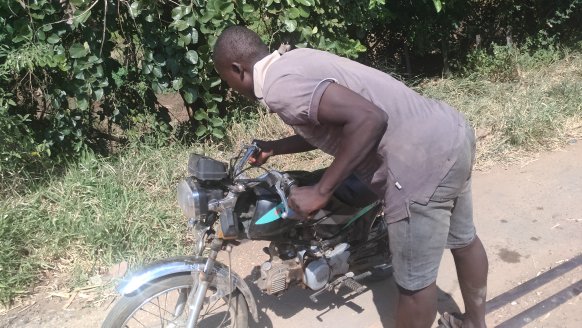
For two decades, WELS missionaries visited this area and served six congregations and two preaching stations with Word and Sacrament. Missionary Rob Wendland made two trips per week from Blantyre and was able to reach each group at least once a month. A Malawian called worker, Evangelist Master lived in one of the villages and assisted the missionaries, as did local lay leaders who conducted worship services and led confirmation classes. In 2015, each congregation’s average weekly attendance was 50. Additionally, there were an average of 20 baptisms and 40 confirmations per year at each congregation.
In October 2017, Missionary Wendland accepted a call to serve at Wisconsin Lutheran Seminary. The spiritual care of the Lower Shire congregations is now in the hands of LCCA. Three Malawian pastors from the Blantyre area have divided up the congregations among themselves and have committed to making visits as they are able, however difficult that may be.

Four of the Lower Shire congregations are located on the Eastern Bank Road. However, these congregations are currently unreachable by car. The region is prone to violent flooding, such as the devastating 2015 flood that killed 176 Malawians (see https://wels.net/the-tree-of-life/). On one end of the Eastern Bank Road, the bridge has collapsed. On the other end, part of the road has washed out. Nevertheless, it is possible to get to there and back in a day.

Pastors Bright Pembeleka, James Meja, Willie Matengula and I left Blantyre shortly after 8 a.m. in a Toyota Landcruiser and two hours later we arrived in the town Bangula, not far from the Shire River. We parked the car at a filling station and we each took our own taxi – a bicycle taxi. Our drivers took us to the end of the paved road and continued along a dirt path to the river. Due to sand we had to get off the bikes and walk at one point, then we hopped back on and continued our trip.
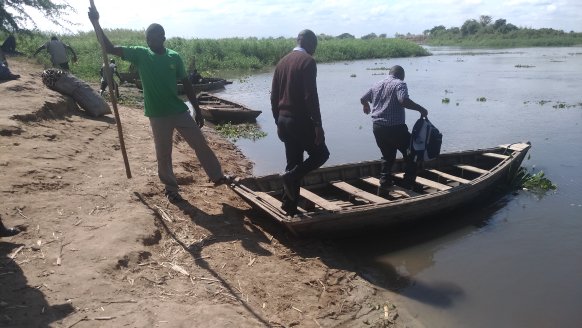
At the river, the four of us boarded a flatboat and our pilot used a long bamboo pole to push us upstream. We stayed close to the shoreline but did not see any hippos or crocs. I saw a flatboat carrying a man on a motorcycle, and another loaded down with eight passengers, their baggage and a bicycle. After we were 50 feet upstream from the landing on the opposite bank, our pilot eased us out into the middle of the river and the current carried us across safely to the other side.
There, we took a ride on motorcycles. Pastor Meja and I rode behind one driver, the other pastors with a second driver. I have seen three adults and two children on one motorcycle before. We rode on narrow dirt paths, cutting across corn fields, the yard of a mosque, a soccer playing field, and swerving between houses. We crossed a river on an abandoned train trestle – another flood washed out the tracks. After 45 minutes we arrived at our final destination: Galagala Lutheran Church.
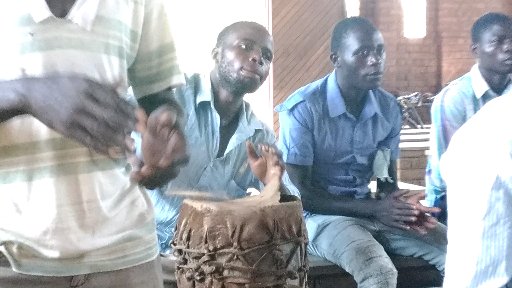
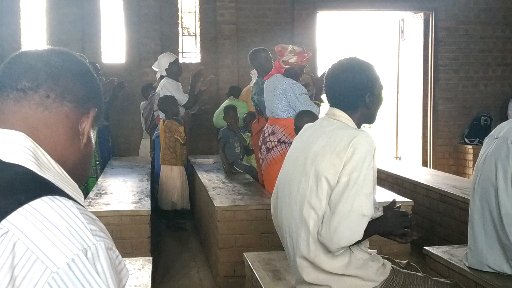
The church building is simple, but very well-constructed. The worship was enthusiastic, to say the least. The people of the Lower Shire area belong to the Sena tribe and have a language and customs that are different from the majority Chewa peoples of Malawi. The members of this congregation are mostly sustenance farmers, although some have found work at the local sugar cane plantations. The older members are not necessarily literate but were able to follow the liturgy from memory. They sang songs from the LCCA hymnal as well as other songs I have never heard before.
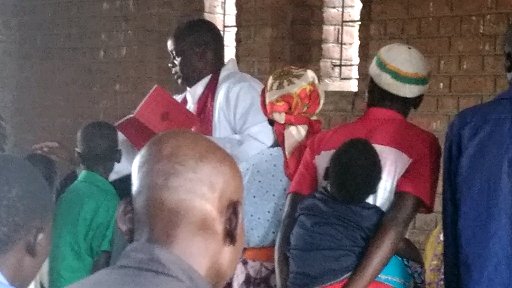
Pastor Pembeleka presided over the liturgy. As I mentioned before, we observed the festival of Pentecost. Like the first Pentecost, the Holy Spirit’s presence was quite evident through the faith people displayed in God’s promises. Six children were brought into God’s family through the Sacrament of Baptism. Four adults who had been instructed by the local lay leader confessed their desire to receive the Sacrament of Communion and made their confirmation vows.

Pastor Meja preached a powerful sermon based on Jesus’ words in Luke 24:48-49: “You are witnesses of these things. I am going to send what my Father has promised; but stay in the city until you have been clothed with power from on high.” Although I did not understand every word Pastor Meja preached in Chichewa, I thought how very much like the first Pentecost this was with people from different cultures and languages united by the message of Christ risen from the dead.
After the worship service concluded, Pastor Pembeleka spent considerable time teaching the congregation about stewardship. When missionaries served these congregations, offerings averaged about $1 per service. Pastor Pembeleka explained to those present that no American missionaries would be returning to serve them, and that it was important to give offerings that honor God.
It will be a challenge for visiting pastors from Blantyre to reach these congregations, due to the high cost of travel and lack of reliable transportation (not to mention the arduous route). Please pray that the Spirit moves the hearts of our brothers and sisters in the Lower Shire to respond to the Gospel generously, so that they can support their own Malawian pastor(s) who will live locally. There are two beautiful parsonages waiting for them.

After a quick lunch of nsima (maize porridge) and chicken, we retraced the stages of our journey in reverse order: motorcycle taxi – flatboat – bicycle taxi – truck. When I arrived back home around 7 p.m. the night watchman was surprised to see me back so “early,” since Missionary Wendland sometimes didn’t make it back until after 9 p.m. My body was exhausted but my spirit was filled with the joy of seeing God’s powerful hand at work, keeping this community of faith together in spite of their isolation. The Lower Shire may be the ends of the earth, but “the Lord is near to all who call on him, to all who call on him in truth” (Psalm 145:18).
Missionary John Roebke lives in Malawi
Please pray for those working in fields that are ripe for harvest. Share their story, engage with future news and receive updates. Go to this link to learn more about our mission fields in Africa and how the Holy Spirit is working faith in people’s hearts https://wels.net/serving-others/missions/africa

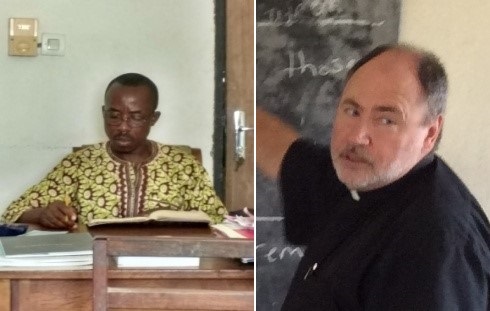
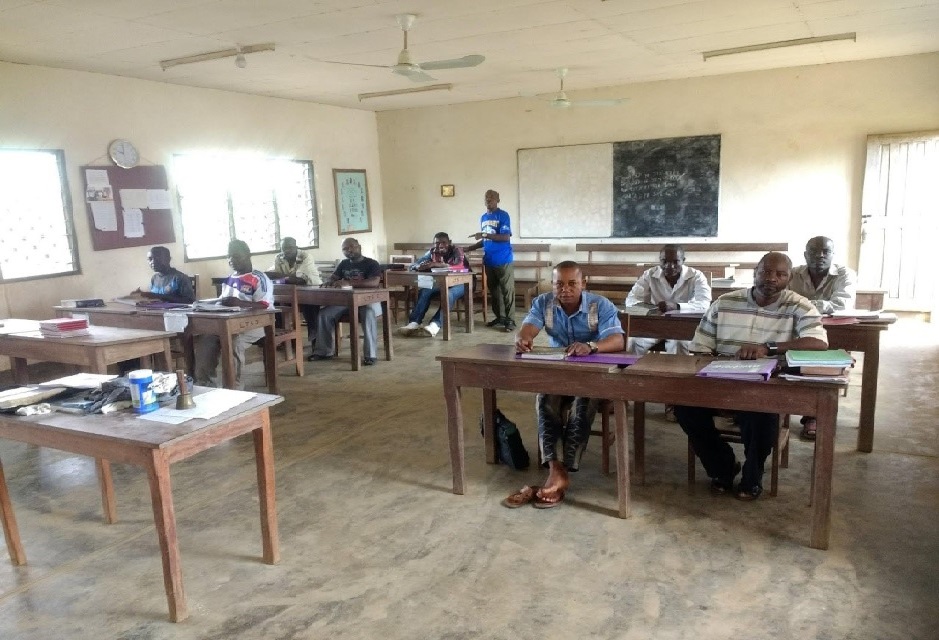

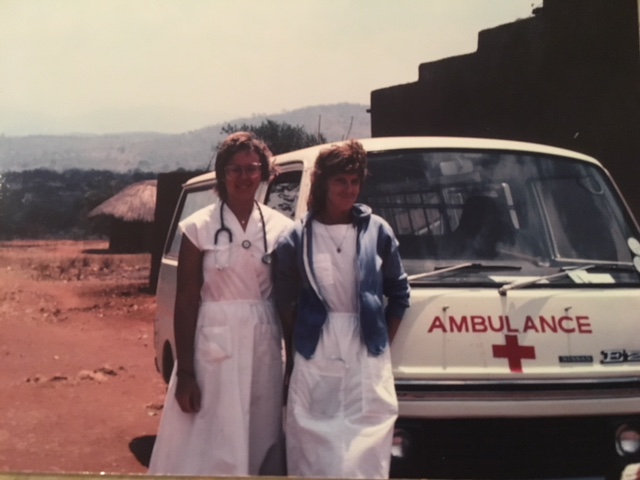
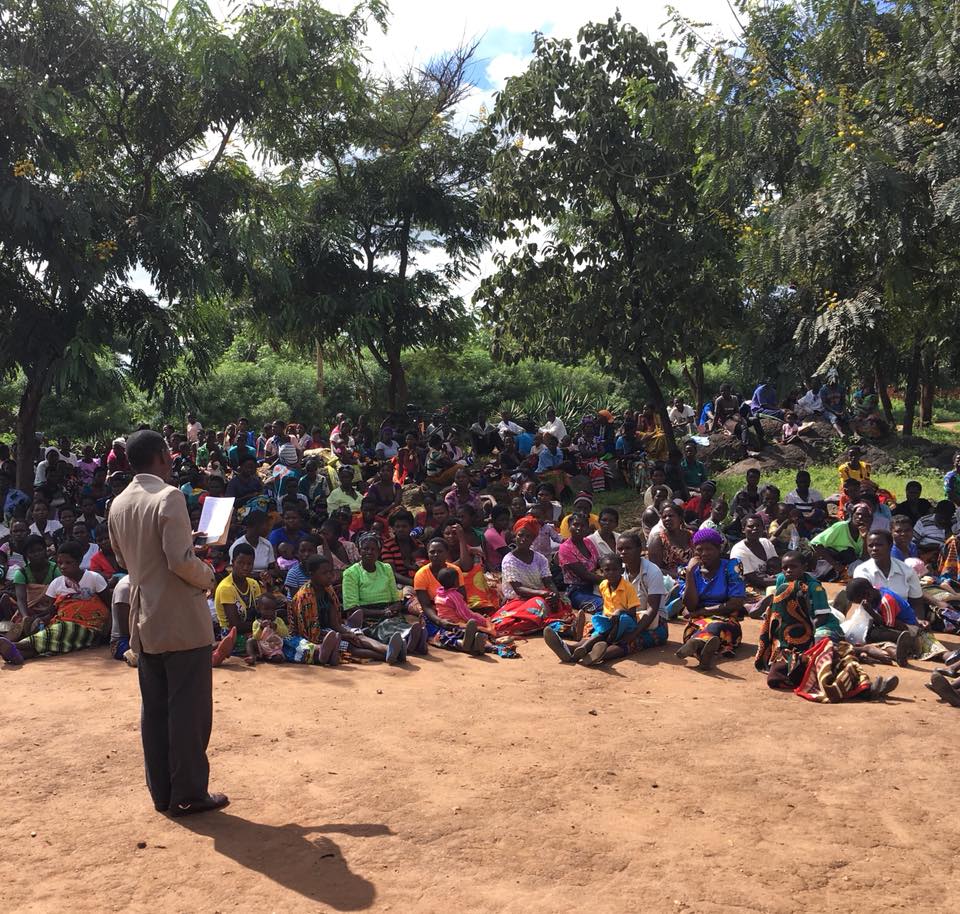
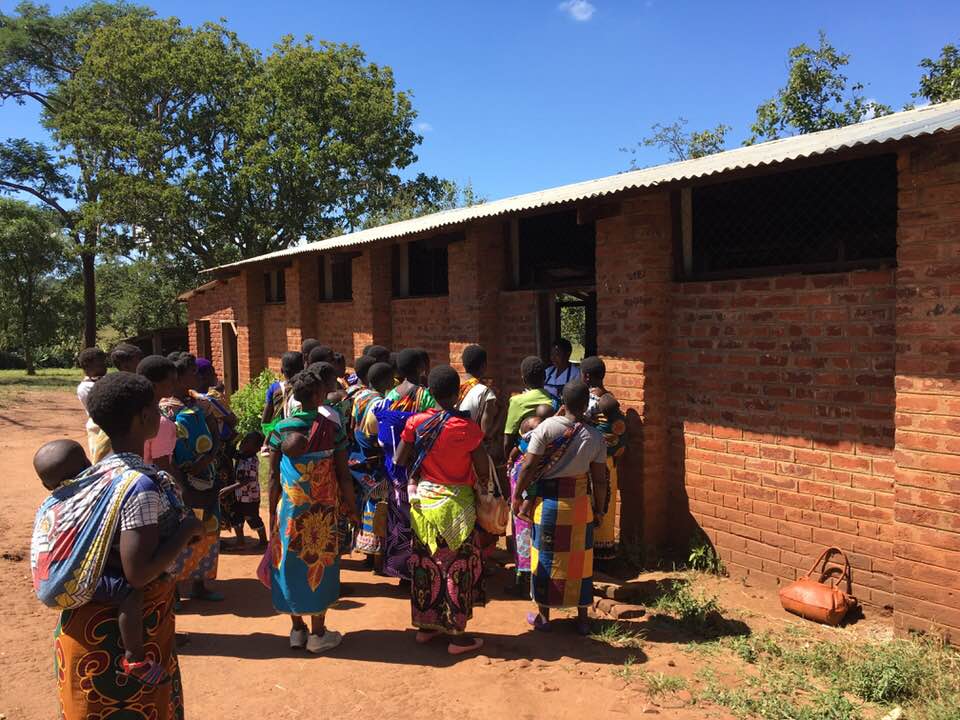
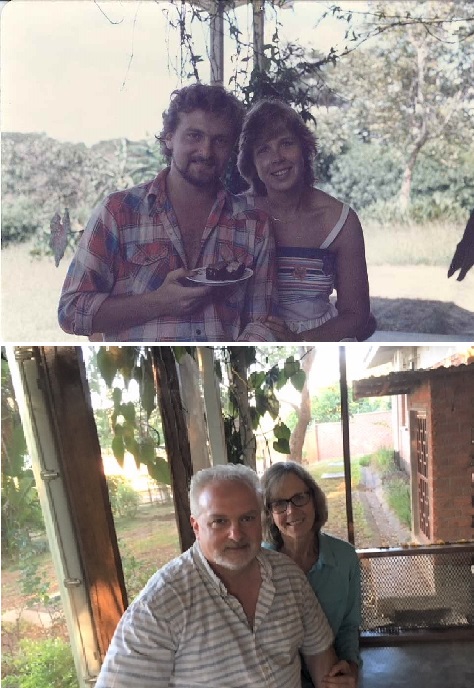
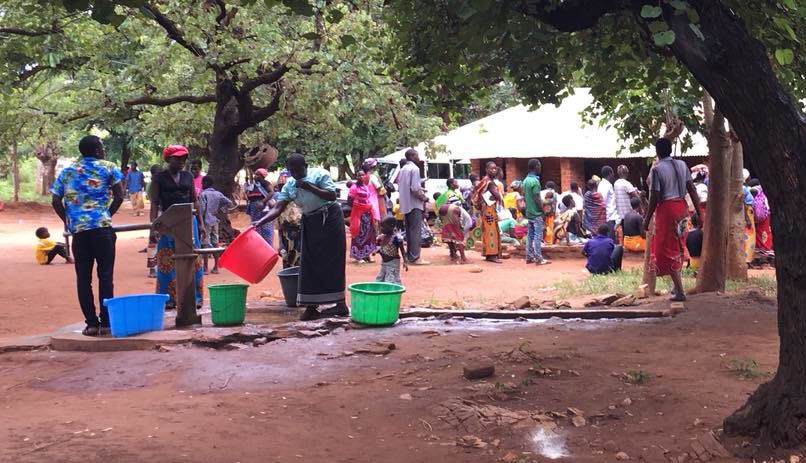
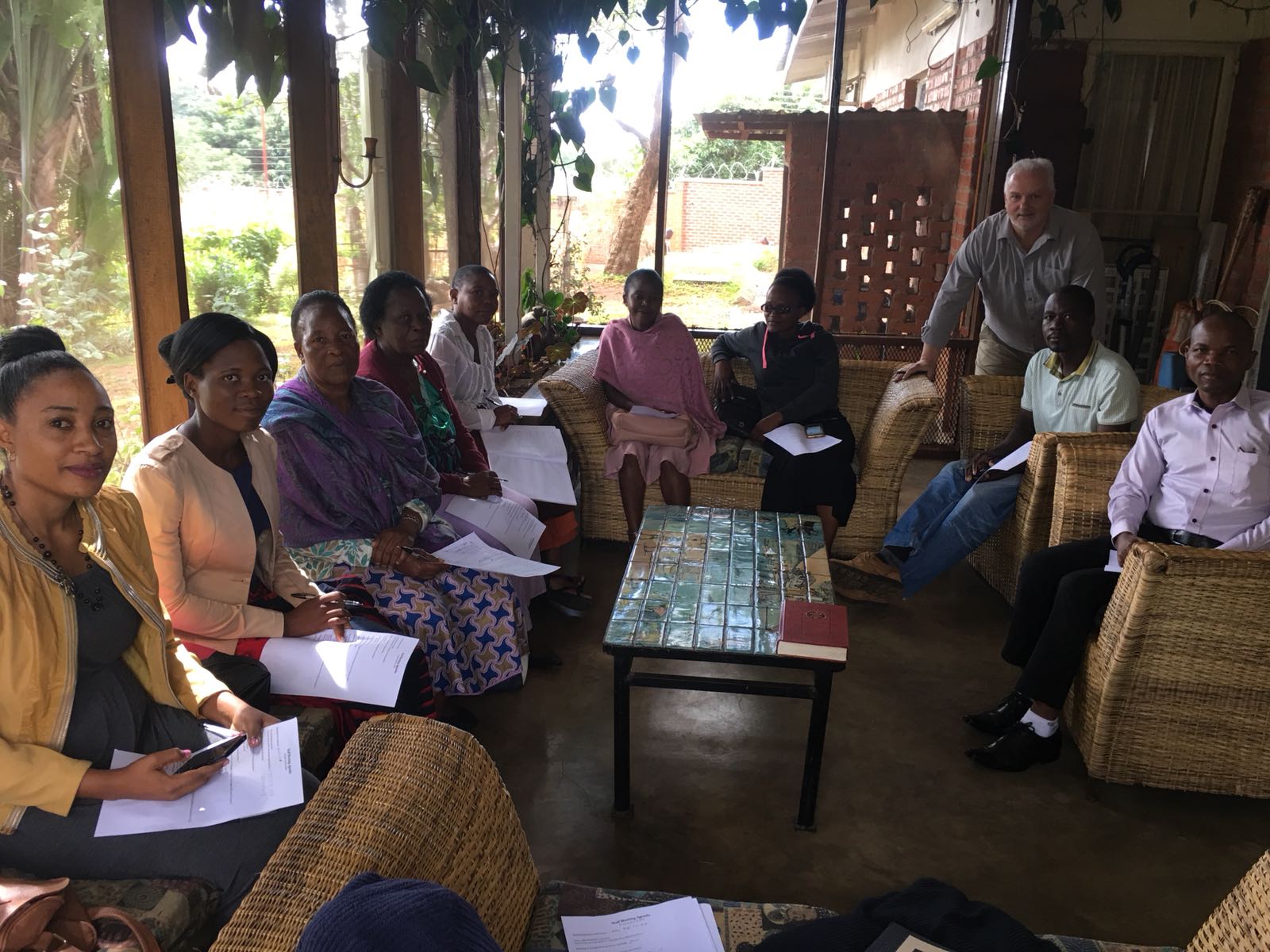
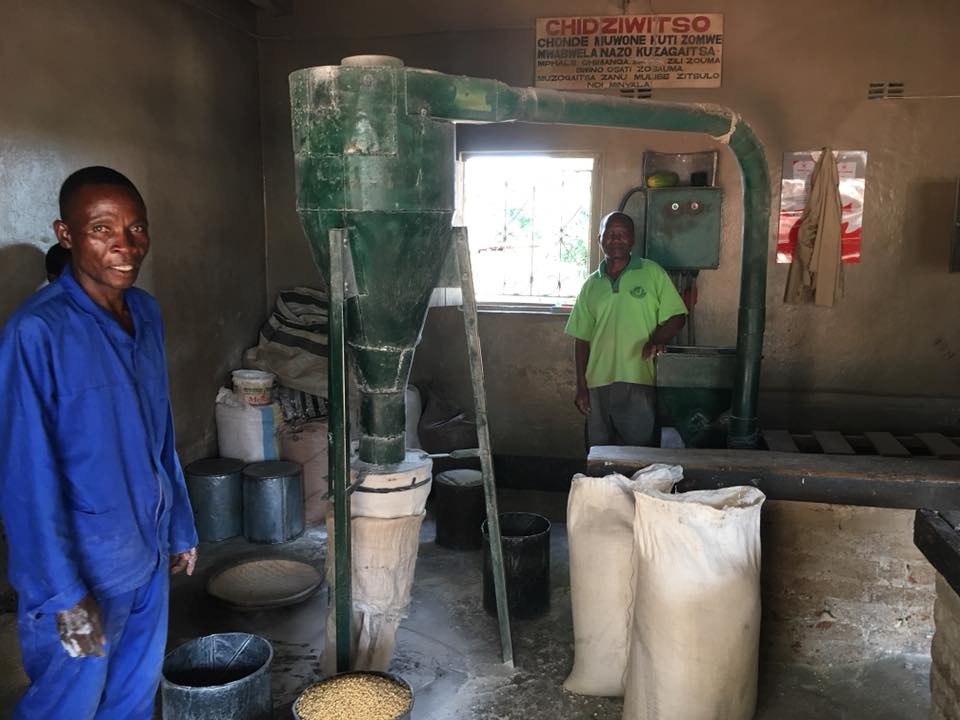
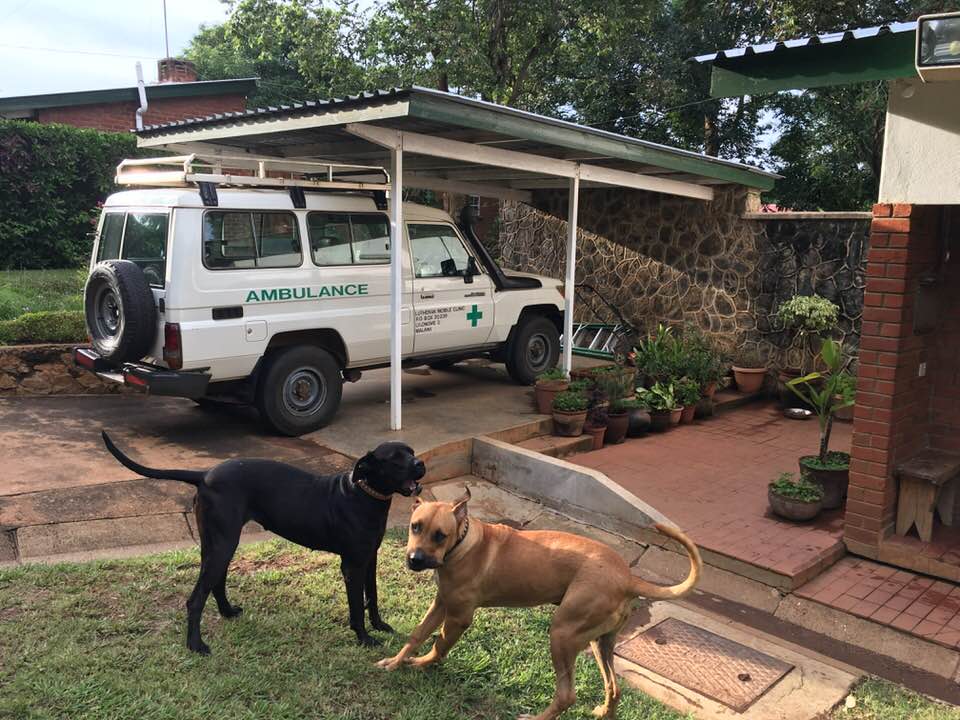
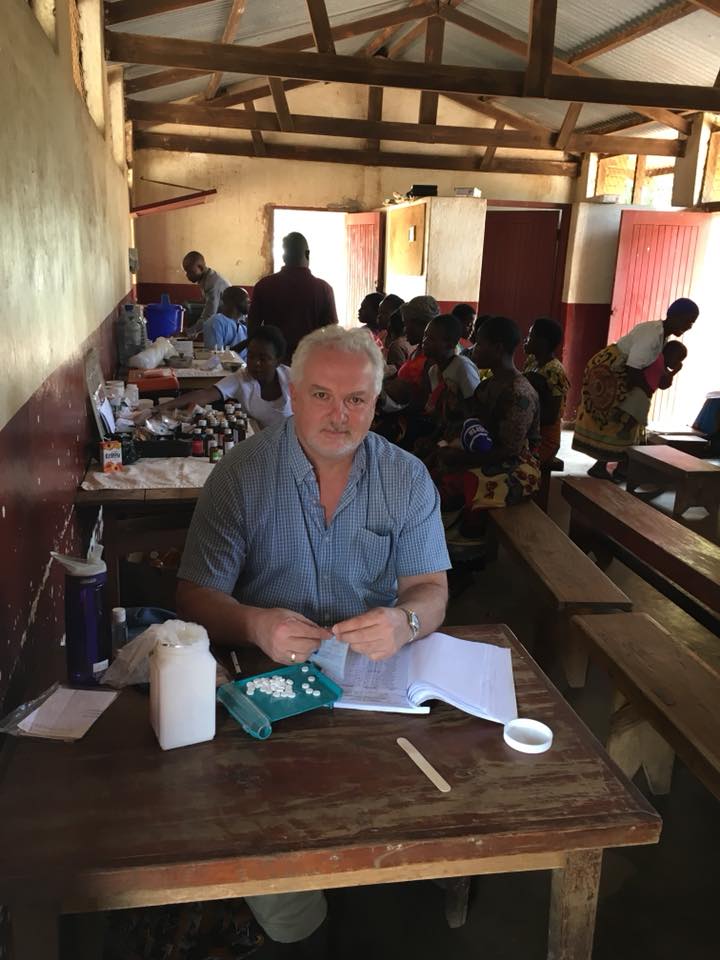
 Beth and Gary Evans serve the Central Africa Medical Mission in Lilongwe, Malawi
Beth and Gary Evans serve the Central Africa Medical Mission in Lilongwe, Malawi